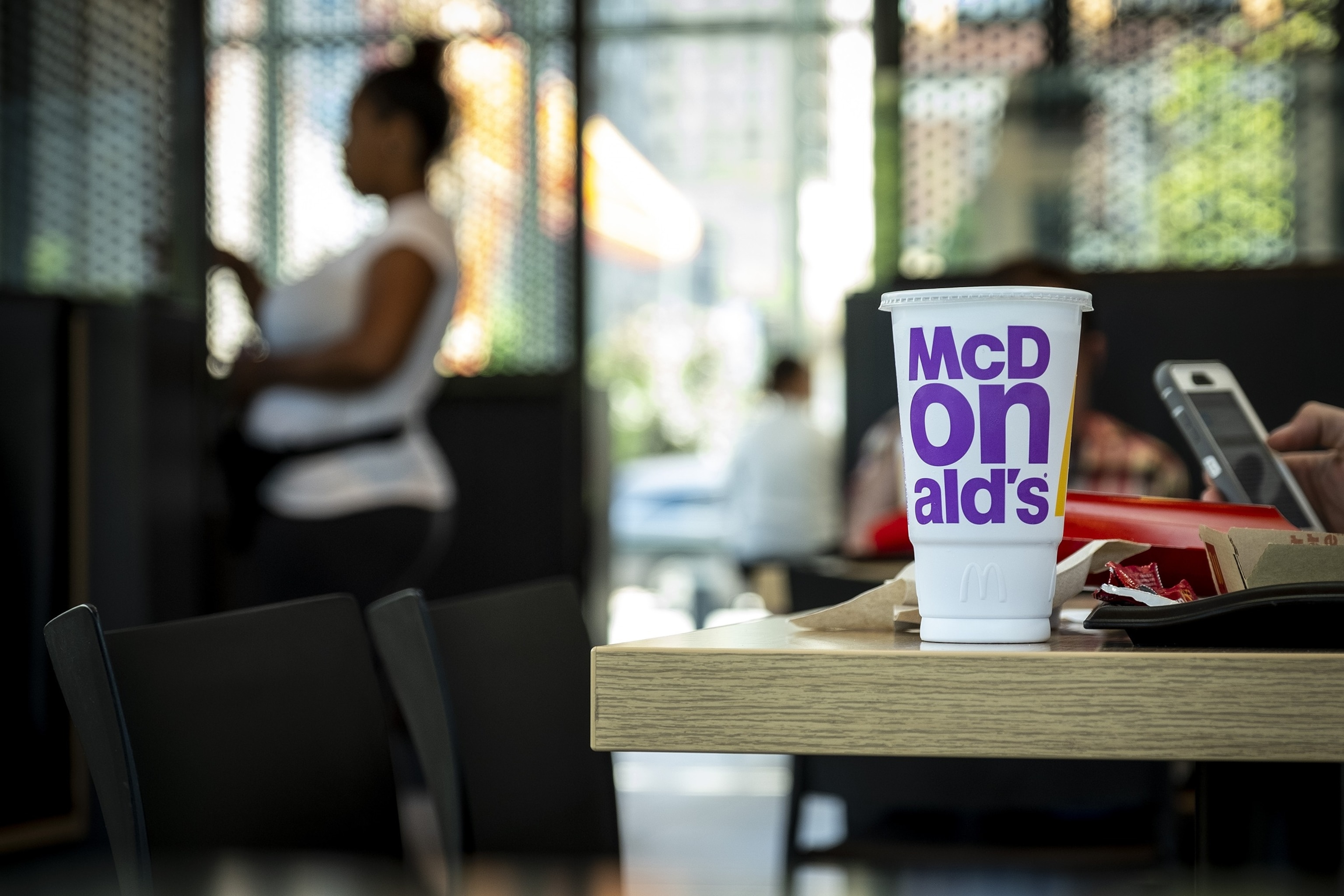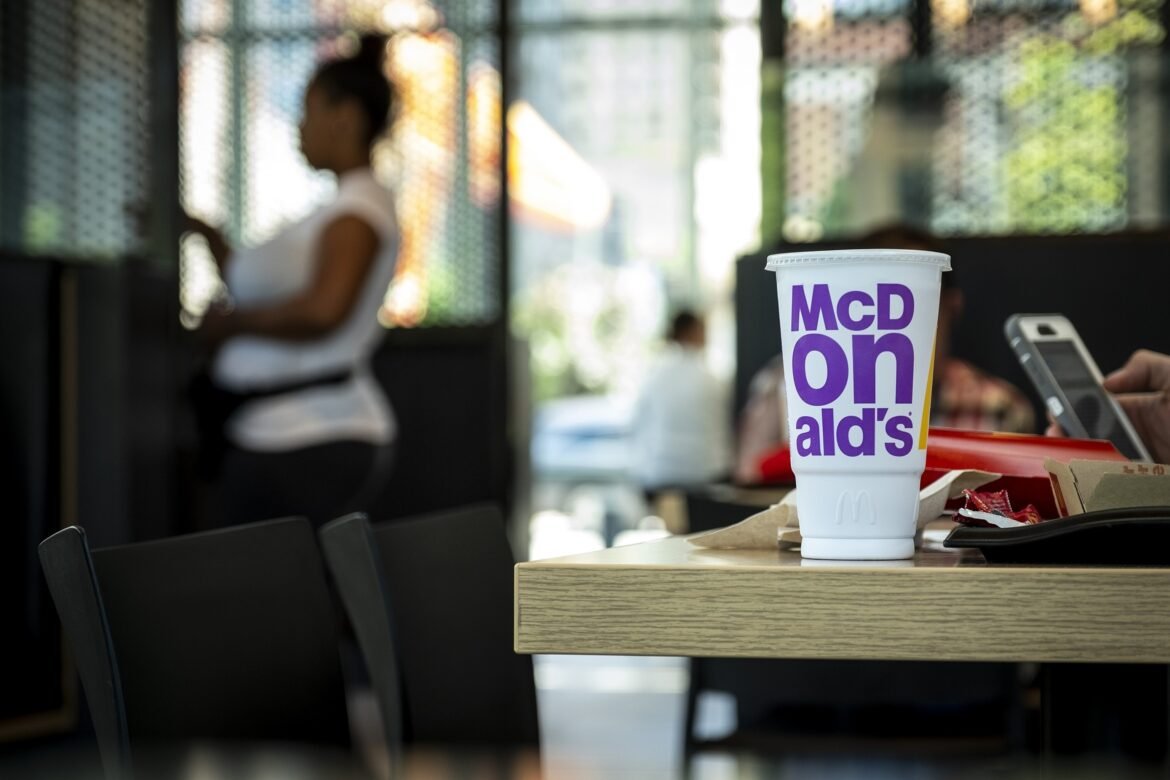Some major restaurant chains have sounded the alarm in recent days about a slowdown in purchasing, highlighting a crack in the U.S. economy as inflation worsens and hiring slows.
Household names such as Chipotle and McDonald’s warned of declining shopping among low-income customers. This could pose significant risks to the broader economy, as consumer spending accounts for about two-thirds of U.S. economic activity.
A new report on Friday revealed a decline in buyer sentiment in November, leaving consumer confidence at its lowest point since 2022. University of Michigan the data showed.
The survey came days after data from the Federal Reserve Bank of New York showed that American household debt levels have reached a record high.
Here’s what some major restaurant chains are saying about consumer weakness and what it could mean for the economy:
chipotle
Chipotle Mexican Grill, which operates thousands of stores in the United States, attributed disappointing sales to consumer weakness in a earnings report last week.
Same-store sales, a measure of revenue generated at existing locations, are expected to decline in 2025, Chipotle said, reversing a sales growth forecast made just months earlier.
In an earnings conference call, Scott Boatwright, Chipotle’s chief executive, noted “persistent macroeconomic pressures” and said the “gap has widened” between low-income and wealthy customers.
Customers who earn an annual salary of less than $100,000, who account for about 40% of Chipotle’s sales, dine out less frequently because of “concerns about the economy and inflation,” Boatwright said.
Chipotle shares have plunged more than 20% since the company released its results last week, contributing to a 50% drop since the beginning of this year.
sweet green
Fast-casual food chain Sweetgreen had problems in recent months, inform a nearly 10% decline in same-store sales during the quarter ending in September compared to a year ago. That drop in sales marked a sharp reversal of growth of about 5% during the prior-year period ending in September 2024.
Jamie McConnell, chief financial and accounting officer, said on an earnings call Thursday that the company is “seeing a pullback” in consumer performance, especially among young and low-income shoppers.
“He [age] “Consumers ages 25 to 35 are the most stressed and represent about 30% of our consumer base,” McConnell added. Sales to that demographic fell about 15% in the most recent quarter, he said.
Sales in the Northeast and Los Angeles – two key regions for Sweetgreen that account for more than half of its revenue – have shown a notable decline, McConnell said.

A customer’s drink sits on a table inside McDonald’s Corp.’s flagship restaurant in Chicago on July 22, 2019.
Christopher Dilts/Bloomberg via Getty Images
McDonald’s
McDonald’s CEO Christopher Kempczinski warned analysts this week that traffic among low-income customers had fallen “nearly double digits” across the industry.
Traffic among higher-income shoppers has increased, Kempczinski added, bolstering the company’s revenue. In total, same-store sales rose 2.4% for the year ending in September, marking a slight drop from year-over-year growth of 2.5% in the previous quarter.
Losses among low-income buyers have been accompanied by a steady rise in prices. The average cost of a McDonald’s menu item increased 40% from 2019 to 2024, a company fact sheet saying.
The company said it is absorbing the cost of some extra value meals in an effort to alleviate prices for cash-strapped customers.
wings stop
Chicken wing chain Wingstop this week flagged sales declines in areas made up primarily of low-income customers. Speaking to analysts, Wingstop CEO Michael Skipworth warned that the poor performance had spread to “more geographies, as well as the middle-income consumer in some areas.”
The company’s domestic same-store sales declined more than 5% during the three-month period ending in September compared to the same quarter last year.
“We believe this is only temporary,” Skipworth added, but acknowledged: “None of us can predict the duration.”


